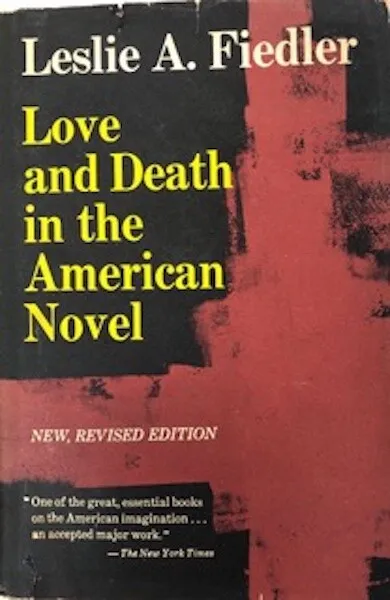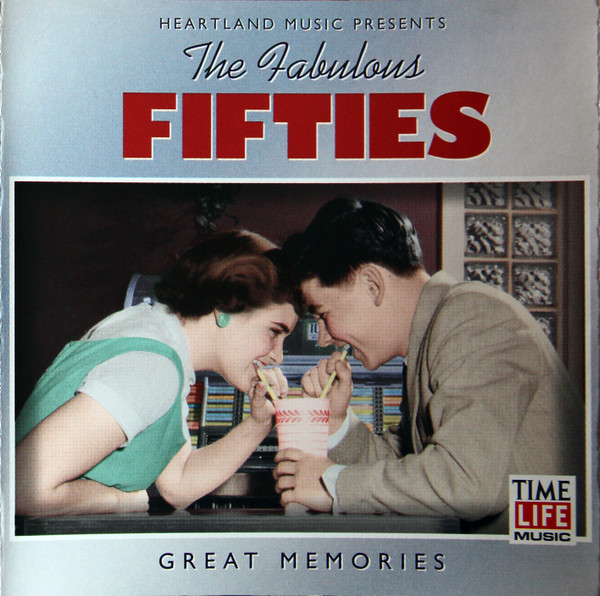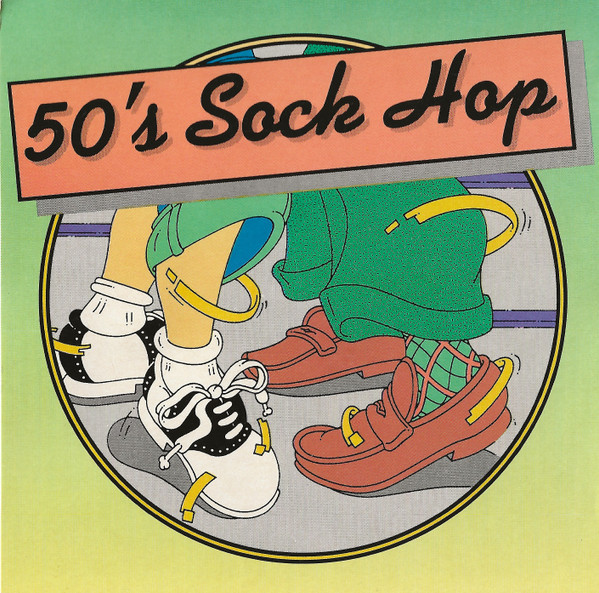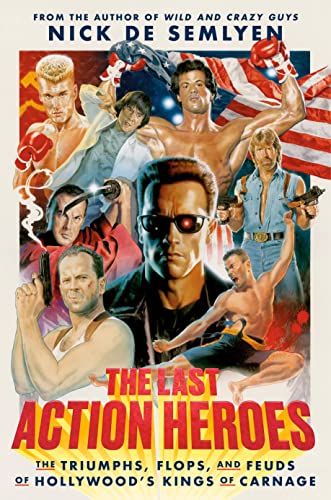
On this milestone of my 750th FFB post, I want to express my thanks to two people–no longer with us–who helped me in my quest for a doctorate.
Leslie Fiedler graciously accepted my request that he join my doctoral committee in the early 1990s. Five years later, he signed off on my dissertation: Smart Money: Business in American Literature, 1860-1929 and I was officially Dr. Kelley. Many of my fellow PhD. candidates were shocked that Fiedler agreed to join my committee. But, I told them, Fiedler was always interested in money in American Literature–just check out “Literature and Lucre” in What Was Literature? below.
Bill Crider also agreed to join my doctoral committee. Both Bill and I regard Leslie Fiedler as one of the premier literary critics ever. And…we both love Fiedler’s opus: Love and Death in the American Novel. Unlike most academic criticism written today, Love and Death in the American Novel can be read by the average reader. The same can be said for the dozens of essays Fiedler wrote over the years. They’re clever, incisive, and funny!
I’m taking this opportunity to express my thanks to Leslie Fiedler and Bill Crider for helping me achieve another milestone in my Life. After my Graduation Ceremony, I gave Leslie Fiedler a signed copy of Norman Spinrad’s The Iron Dream . “Leslie Fiedler proposed that Spinrad be considered for the National Book Award in 1973, but apparently won no support from his fellow award judges.” And I sent Bill Crider a signed copy of Love and Death in the American Novel. Bill told me he prominently displayed his signed copy of Love and Death in the American Novel to the envy of his colleagues! I highly recommend these wonderful books! And, of course, I want to thank Patti Abbott for inviting me to join her Friday’s Forgotten Books group in January 2009! GRADE: A
TABLE OF CONTENTS:
INTRODUCTION — Charles B. Harris — v
Preface to the Second Edition — 7
Preface to the First Edition — 9
PART ONE: PROTOTYPES AND EARLY ADAPTATIONS
The novel and America — 23
The novel’s audience and the sentimental love religion — 39
Richardson and the tragedy of seduction — 62
The bourgeois senitmental novel and the female audience — 74
The beginnings of the anti-bourgeois sentimental novel in America — 102
Charles Brockden Brown and the invention of the American gothic — 126
James Fenimore Cooper and the historical romance — 162
PART TWO: ACHIEVEMENT AND FRUSTRATION
Clarissa in America: Toward Marjorie Morningstar — 217
Good good girls and good bad boys: Clarissa as a juvenile — 259
The revenge on woman: From Lucy to Lolita — 291
The failure of sentiment and the evasion of love — 337
The blackness of darkness: Edgar Allan Poe and the development of the gothic — 391
The power of blackness: Faustian man and the cult of violence — 430
INDEX — 506

AA
TABLE OF CONTENTS:
The death of old men — 9
War, exile, and the death of honor — 20
The beginning of the Thirties: depression, return, and rebirth — 32
The end of the Thirties: artificial paradises and real hells — 51
Zion as Main Street — 65
Jewish-Americans, go home! — 89
Indian or Injun? — 104
The jig is up! — 118
The war against the academy — 138
The alteration of consciousness — 155
The end of the novel — 170
Traitor or Laureate: the two trials of the poet — 179
The unbroken tradition — 192
Toward the suburbs: the fear of madness, and the death of the “I” — 216
Into the cafés: a kind of solution — 233
index — 250

TABLE OF CONTENTS:
PART ONE: Subverting the standards — 11
Who was Leslie A. Fiedler? — 13
Literature and lucre — 23
Toward Pop criticism — 34
How did it all start? — 38
What was the novel? — 53
Literature as an institution — 57
What was the art novel? — 64
What was the death of the novel? — 73
What happened to poetry? — 83
Why was criticism? — 96
Is there a counter-tradition? — 108
What is to be done? — 115
From ethics and aesthetics to ecstatics — 126
PART TWO: Opening up the canon — 143
Home as heaven, home as hell — 145
The many mothers of Uncle Tom’s Cabin — 158
The anti-Tom novel and the coming of the first great war: from Thomas Dixon, Jr., to D.W. Griffith — 179
Gone with the wind: the feminization of the anti-Tom novel — 196
Alex Haley’s Roots: Uncle Tom rewrites Uncle Tom’s Cabin — 213
Afterword: “A backward glance o’er travelled roads” — 232
Index — 246









